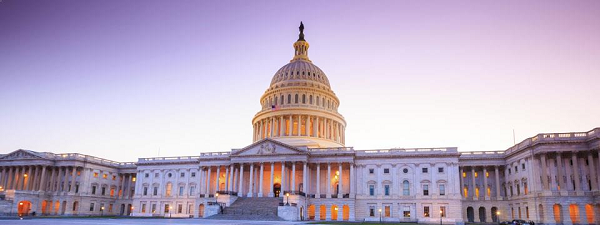This is the third in a set of blog posts sharing some of the perspectives and knowledge of AILA staff members on racism and injustice.
In the print edition of the 1619 Project, New York Times Magazine reporter Nikole Hannah-Jones writes, “Our founding ideals of liberty and equality were false when they were written. Black Americans fought to make them true. Without this struggle, America would have no democracy at all.” The “bloody freedom struggles of the civil rights movement,” she writes, “laid the foundation for every other modern rights struggle,” including the passage of the Immigration and Nationality Act of 1965, which ended race-based quotas on immigration. “Because of Black Americans,” Hannah-Jones continues, “black and brown immigrants from across the globe are able to come to the United States and live in a country in which legal discrimination is no longer allowed.”
Now, once again, the streets of our country erupt with protests against the continued racial injustice that Black Americans face on a daily basis, and those of us who are immigrants and immigrant rights advocates cannot choose to stand aside. Our struggles are intricately connected. As the American Immigration Lawyers Association said in its statement last week, “Those of us working in the field of immigration are painfully familiar with the destructive power of fear and prejudice. We see it daily in the separation of families, mass incarceration, abuse of authority, lack of accountability, and denial of due process … But these injustices are not unique to immigration. They are rooted in the same fear, prejudice, and violence that has terrorized the black community in particular, and minority communities in general, for centuries.” For Black immigrants, these injustices are multiplied.
Many of the same systems of oppression that caused the deaths of countless Black Americans also affect immigrant communities. These include: the militarization of law enforcement (see CBP’s drone-use in Minneapolis or its use of tear gas against asylum seekers); aggressive policing tactics (ICE agents putting on masks at the outset of the coronavirus pandemic as they went about arresting immigrants lays bare the agency’s priorities); for-profit mass incarceration (migrant detention centers are often run by the same companies that run prisons); lack of access to public benefits, healthcare, or affordable housing (which has been exacerbated by the new public charge rule); and, discrimination in the workplace and in all walks of life. It is no coincidence that the coronavirus has ravaged Black, immigrant, and Native communities the most.
Immigrants and immigrant advocates must recognize the commonality of our struggles with the struggles of Black Americans and take concrete steps to support their fight against racism and injustice. To do anything less would represent the abandonment of a community whose organizing and sacrifices we have benefited from and will result in the eventual failure of all of our efforts.
While protesting on the streets may not be an option for many immigrants, particularly undocumented immigrants due to legitimate fears of deportation, there are many ways we can still show up for the Black community. We can take steps to root out anti-Black racism within our communities and families; we can educate ourselves on the history of this country and understand the debts we owe to those who’ve struggled to our benefit; we can donate to organizations led by Black people that center on racial justice and support their calls to action; and, we can ensure that what we do on a day-to-day basis does not further the oppression of others. This last point means, among other things, speaking out when we see injustice and supporting Black businesses and entrepreneurs.
And if you are both a business owner and a member of AILA, there are very immediate things you can do. Improve the hiring of Black people in your workplaces. Seek out diverse members in our law community who can join our board, and support the AILA Diversity and Inclusion committee with actions, resources, and thought leadership. Most importantly do not hide behind empty statements or hollow commitments to diversity. Dismantling structural racism will require broad political and social changes, and we must find ways to constantly be working toward those goals.
We owe it not just to ourselves and to future generations, but to those who’ve made it possible for us to be here.







